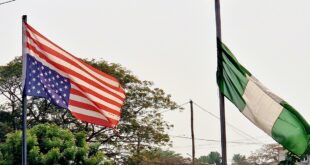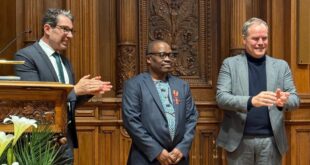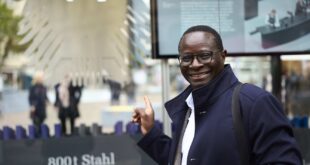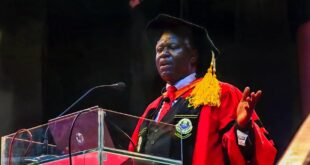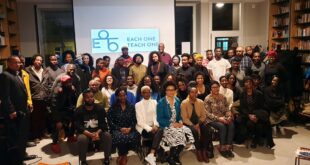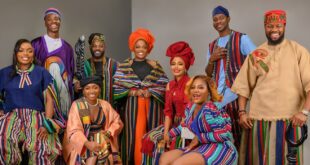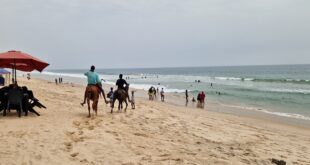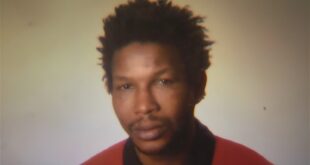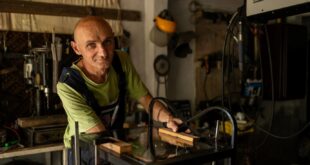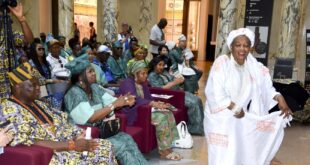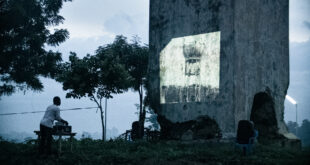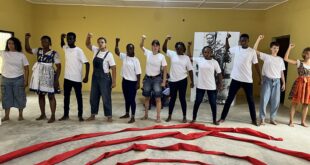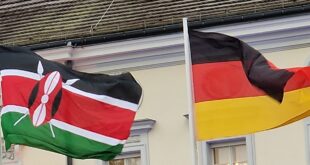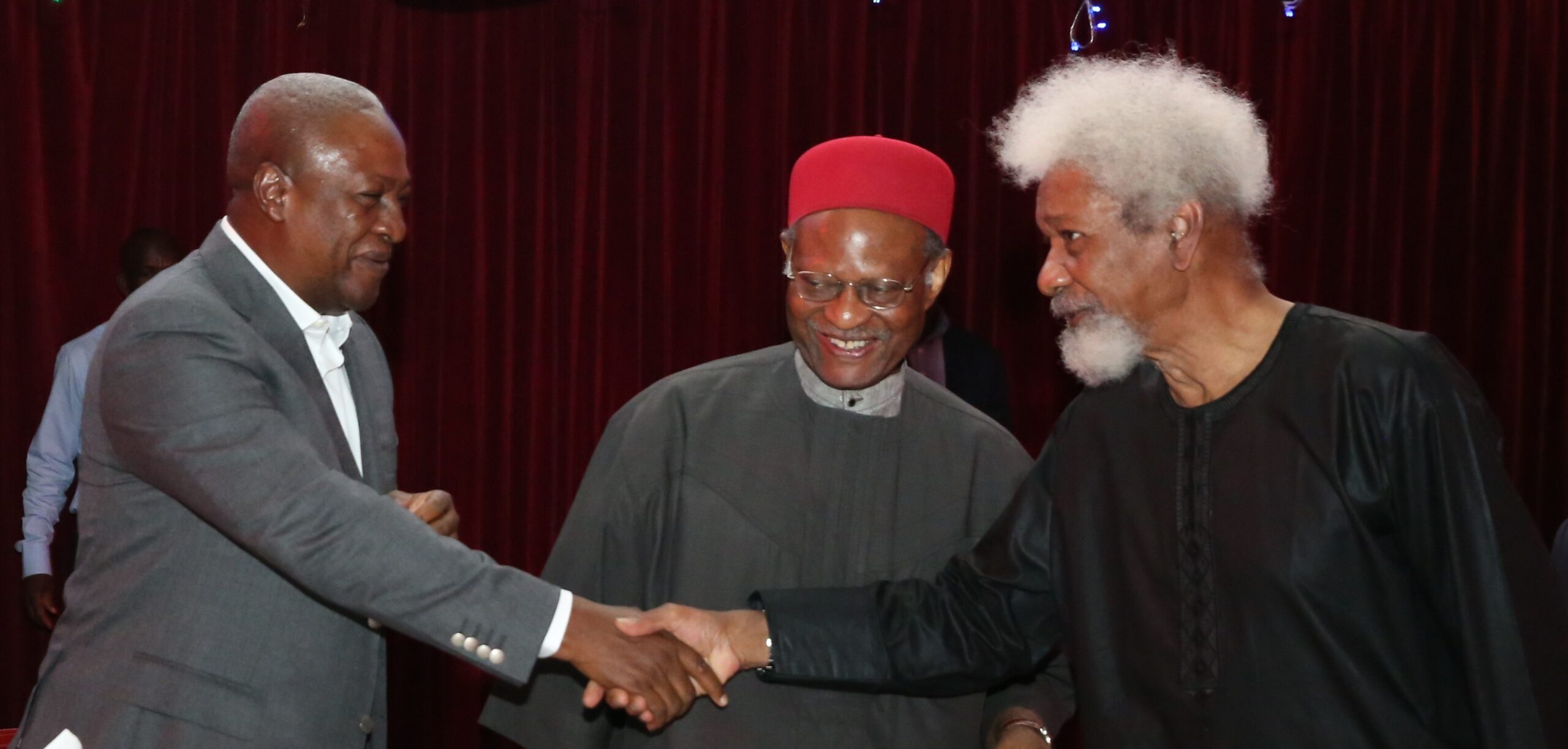Tom Skye, a frequent visitor to Côte d’Ivoire and the author of a travel book on the country, writes on the evolution of Ivorian music, tracing the roots of its modern expression to its very distant past.
Music is everywhere in Côte d’Ivoire. It’s played and performed on buses, trains, beaches and football pitches, and in bars, restaurants, workplaces and the tiniest village squares. Those new to the country are often surprised at how readily stone-cold sober people will get up and dance with flamboyant abandon, not a hang-up in sight.
One reason may be that music and dance are as old as the oldest Ivorian societies, and they have always meant more than mere entertainment. They are essential means of self-expression and used to mark births, deaths, marriages, harvests and other momentous events.
During the time of the Ghana Empire (300-1200 CE), West Africans discovered polyphony, the harmonising of two or more musical notes or melody lines. The instrument crucial to this breakthrough was the dried wood, double-faced talking drum (tamanin in Dyula; mbaggu or baggel in Fulani), so-called because it emulates the tone and phrasing of human speech.
Variations in pitch are achieved by altering the tension of the hide drum skin before it’s beaten. The original purpose of the talking drums was entirely practical – to convey important messages such as royal decrees or military orders over long distances. By the 1970s, drummologie, the scholarly study of the talking drum genre, was an academic discipline of which Georges Niangoran-Bouah was professor at the University of Abidjan (now Université Félix Houphouët-Boigny).
Other instruments were invented later on in the pre-colonial period, played solo or as part of an ensemble. The Akan peoples of the south would bang a tall, sturdy drum known as the atoungblan to warn of approaching threats, either from hostile clans or wild animals.
The French colonisers brought with them European popular music, and later American jazz and Cuban salsa. In the early days, indigenous orchestras mimicked these styles but, later on, threw traditional African elements into the mix. Often called the “dean of Ivorian music” and its first real star, Amédée Pierre began singing French cabaret tunes in the 1950s before his ideological embrace of nationalism prompted him to integrate West African arpeggios, Congolese rhythms and Bété lyrics into his oeuvre.
The commercial success of his first album Moussio Moussio (1962) obliged the government to set up BURIDA, a whole ministry responsible for enforcing copyright law and overseeing royalty payments. Pierre blazed the trail for Le Conseil de l’Entente, whose first recording in 1963 was a Dyula-language Afro-jazz song snappily entitled ‘Destiny is a Slate You Can Write On and Rub Out’; and the seminal female duo Les Sœurs Comoé, renowned for their wistful ballads of urban hardship.

In the 1960s and 1970s Côte d’Ivoire was the undisputed nexus of African music. Artists from all over the continent were desperate to play at modish venues such as Oasis du Désert in Abidjan. The legendary Cameroonian saxophone player Manu Dibango relocated to the country to head up the new RTI (Ivorian state broadcasting company) orchestra. Mali’s best-known vocalist of the period, Boncana Maïga, made Abidjan his home in 1974. This heady environment gave birth to ziglibithy, the first of many musical forms unique to Côte d’Ivoire.
Inspired by James Brown’s 1968 visit to the country, Ernesto Djédjé – a disciple of Amédée Pierre – and his San Pédro Orchestra performed a fiery mélange of Bété rhythms and African-American soul and funk sensibilities. Sadly, like too many other musical icons, Djédjé died an untimely death, aged only 35.
Inspired by the South African chanteuse and Black power activist Miriam Makeba, Aïcha Koné rose to prominence in the 1970s with a fresh new sound harnessing soca beats, Mandinké phrasing and southern African harmonies. She is the only Ivorian artist ever to have recorded two gold records, one of them Poro Dance (1992).
The end of the 1970s saw soulful, sharp-suited crooners such as François Lougah and Bailly Spinto (nicknamed “the singer with 1,001 octaves”) top the charts before the explosion of zouglou, Côte d’Ivoire’s equivalent of the punk rock phenomenon. Zouglou’s roots lay in alloukou, a traditional form from the west of the country which, in DIY spirit, would be played on whatever instruments – or objects – came to hand. In the manner of the blues, the lyrics commented on the struggles of rural existence.
In the 1980s, students in the cities adapted alloukou into a feverishly up-tempo and chant-heavy genre that highlighted problems facing the youth such as boredom, unemployment and shoddy accommodation. To this day Magic System are the best-known proponents of zouglou.
Another socially conscious artist who emerged at this time was Alpha Blondy (born Seydou Koné in 1953), who was later dubbed “the Bob Marley of Africa”. Whether or not that comparison is fair, Alpha is now indisputably the most famous figure in Ivorian music. While studying at Columbia University, New York, at the moment reggae was reaching a global audience, Alpha saw Jamaican reggae groups such as Burning Spear and made connections with the city’s burgeoning Rastafarian community.
After returning to Côte d’Ivoire he recorded the 1982 hit single ‘Brigadier Sabari’, an acerbic reproof of police brutality that resonated with thousands of young people. As Alpha’s career developed he began to preach a positive message of religious and ethnic unity, writing songs in French, English, Dyula, Arabic and Hebrew. He picked up a Grammy nomination in 2003 and has performed to huge crowds in the US and Europe. Like his reggae idols, Alpha sees no dividing line between his music and his activism: he was an outspoken critic of Apartheid South Africa and worked as a UN peace ambassador during the first Ivorian civil war.
The most recent innovation is Coupé-Décalé, a distinctively Ivorian take on dance music that mobilises heavy-duty basslines and digital samples of ethnic beats and melodies. Originating in the Afro-French nightclubs of late-1990s Paris, its rise in Côte d’Ivoire was driven by new digital platforms. Early exponents Douk Saga and DJs Arafat, Mix and Debordeau appalled the profit-making record labels by sharing their recordings for free online. As with other home-nurtured genres that came before it, Coupé-Décalé is now wildly popular across West Africa.
The challenges facing Ivorian musicians today are similar to those facing musicians all over the world. Piracy means there’s scant money to be made from recording, so professional acts depend on playing live at Abidjan’s big-name venues. But however the methods of distribution and consumption change in the future, one thing can be relied upon: Ivorians will always love music.
 THE AFRICAN COURIER. Reporting Africa and its Diaspora! The African Courier is an international magazine published in Germany to report on Africa and the Diaspora African experience. The first issue of the bimonthly magazine appeared on the newsstands on 15 February 1998. The African Courier is a communication forum for European-African political, economic and cultural exchanges, and a voice for Africa in Europe.
THE AFRICAN COURIER. Reporting Africa and its Diaspora! The African Courier is an international magazine published in Germany to report on Africa and the Diaspora African experience. The first issue of the bimonthly magazine appeared on the newsstands on 15 February 1998. The African Courier is a communication forum for European-African political, economic and cultural exchanges, and a voice for Africa in Europe.




